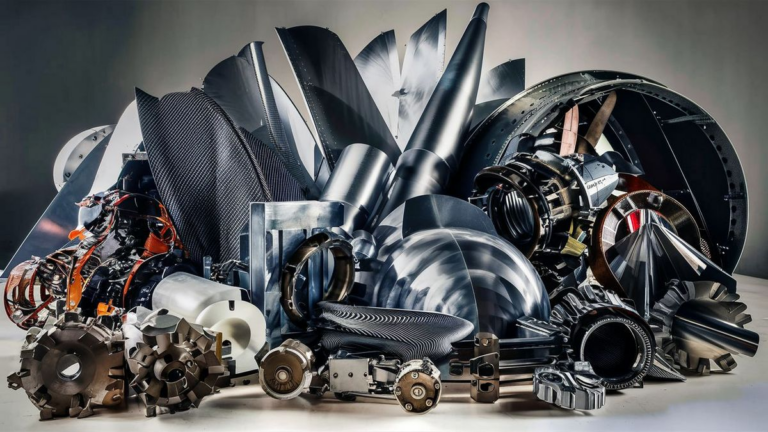When it comes to constructing aircraft, selecting the right materials is crucial for ensuring safety, efficiency, and durability. Among the various materials available, metals play a significant role in aviation due to their strength, lightweight properties, and resistance to high temperatures and pressures experienced during flight. Let’s delve into the types of metals commonly used in aircraft manufacturing.
Aluminum Alloys
One of the most widely used metals in aircraft construction is aluminum and its alloys. Aluminum offers a favorable strength-to-weight ratio, making it ideal for airframes, wings, and fuselages. Alloys such as 7075 and 2024 are particularly popular due to their high strength and fatigue resistance, essential for withstanding the stresses of flight.
Titanium
Titanium is another essential metal in aviation, valued for its exceptional strength, corrosion resistance, and heat tolerance. Although more expensive than aluminum, titanium finds its place in critical components like landing gear, engine parts, and structural components where strength and reliability are paramount.
Steel
While not as prevalent as aluminum and titanium, steel remains indispensable in aircraft manufacturing, especially in components requiring high strength and durability. High-strength steel alloys are used in landing gear, engine mounts, and structural reinforcements, where weight savings are not the primary concern.
Composite Materials
While not metals, composite materials deserve mention for their increasing use in modern aircraft construction. Composites, typically made of carbon fiber reinforced polymers, offer remarkable strength-to-weight ratios and can be molded into complex shapes. Although primarily used in smaller aircraft and certain components of larger planes, composites are becoming more prevalent due to their lightweight and corrosion-resistant properties.
Magnesium
Magnesium alloys, known for their low density and high strength, are sometimes used in aircraft components where weight reduction is critical. While not as common as aluminum or titanium, magnesium finds applications in parts like helicopter transmission cases and helicopter gearbox housings.
Copper and Nickel Alloys
Copper and nickel alloys are utilized in specific aircraft components due to their excellent electrical conductivity, corrosion resistance, and high-temperature stability. These alloys are commonly found in electrical wiring, connectors, and engine components where reliable performance under demanding conditions is essential.
Choosing the right metal for aircraft construction involves careful consideration of various factors such as strength, weight, corrosion resistance, and cost. While aluminum alloys remain the go-to choice for many structural components, titanium, steel, and composite materials play crucial roles in enhancing performance and efficiency. The continuous advancement in materials science ensures that future aircraft will benefit from even lighter, stronger, and more durable materials.
equently Asked Questions
Here are some common questions about aircraft materials:
- What are the advantages of using composite materials in aircraft construction?
- How do manufacturers ensure the reliability of metals used in critical aircraft components?
- What factors influence the selection of materials for specific aircraft parts?
- Are there any environmental considerations in the choice of aircraft materials?
Advantages of Composite Materials
Composite materials offer several advantages in aircraft construction, including:
- High strength-to-weight ratio
- Resistance to corrosion and fatigue
- Ability to be molded into complex shapes
- Reduced maintenance requirements
Reliability Assurance
Manufacturers ensure the reliability of metals used in critical aircraft components through:
- Rigorous testing procedures
- Quality control measures
- Compliance with industry standards and regulations
- Continuous monitoring of component performance
Factors Influencing Material Selection
The selection of materials for specific aircraft parts is influenced by:
- Functional requirements
- Environmental conditions
- Cost considerations
- Technological advancements
Environmental Considerations
Environmental considerations in the choice of aircraft materials include:
- Recyclability
- Energy consumption during manufacturing
- End-of-life disposal
- Carbon footprint






